During the Civil War (1936-1939) the main cities and ports of the entire Mediterranean façade were severely punished by aerial bombardments carried out preferably by Italian aviation from their bases in Mallorca. The effect, the victory of the Francoist uprising in them, allowed the rebels to maintain a constant threat over the territory of the Republican rear, harassing the economic and communications infrastructures and hindering the arrival of aid to the Republic. In the case of the Murcia region, on the other hand, the bombers came from the Armilla base in Granada and even from Seville.
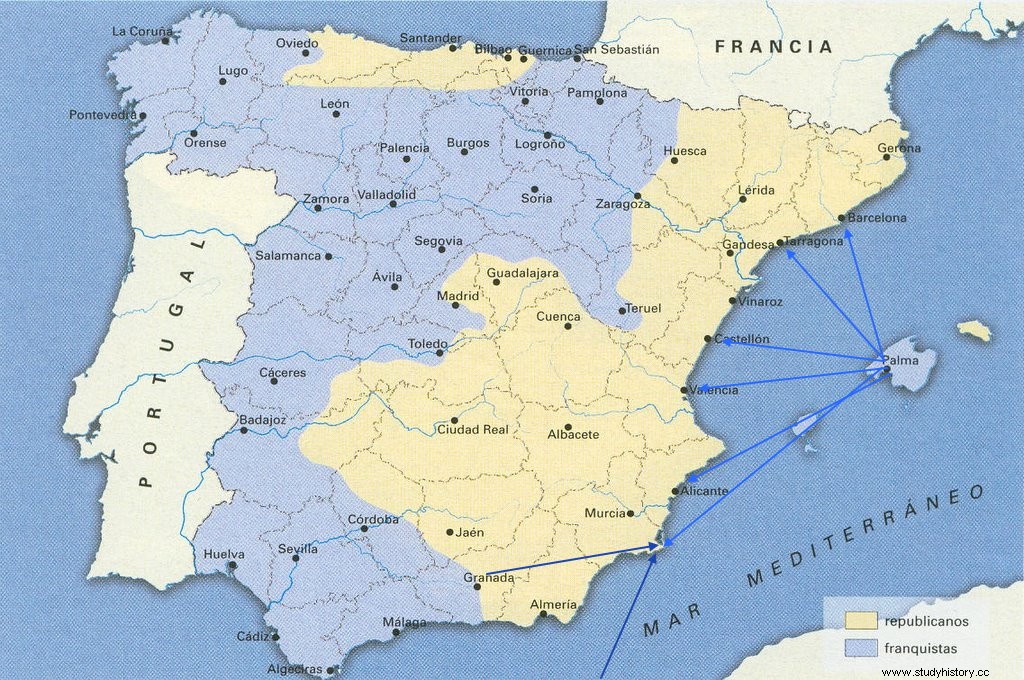
As is well known, the Spanish Civil War served as a prelude to the practice of new military tactics and new war technologies that would reach their peak shortly thereafter during the Second World War. Among these practices was that of massive aerial bombardments, both on military and civilian targets, thus blurring the weak boundary between the two that had already been exceeded on previous occasions, at least since the First World War, but also in other minor war conflicts – France and Spain in North Africa in 1912 and 1913, the United States in Mexico (1916), etc. Since then, the cities have become a military objective and, therefore, susceptible to being attacked within the framework of the so-called “total war”, a doctrine that annulled the division between the war front and the rear; the objectives extended to any part of the territory and not only focused on the combat front. In this way, the cities became war targets of the first importance.
Both sides used this aerial strategy, although the Italian and German aid to the Francoist side meant that its frequency and intensity were much greater than on the Republican side. Numerous republican cities suffered these bombings:Madrid, Barcelona, Guernica, Tarragona, Santander, Almería, Castelló, Reus, Sagunto, Valencia, Águilas, Alacant, Alcoy, Cartagena, Albacete, Almería, Jaén, etc. For their part, the Republicans bombed cities such as Córdoba, Valladolid, Cabra, Salamanca, Burgos, Ceuta, Melilla, etc.
To the destruction of industries, communications, ports, airports, a new interest was added:that of the intimidation and demoralization of the civilian population. New tactics or new aircraft models were used for this:in Guernica, and also in other places, the combination of 250 kg explosion bombs and 50 kg incendiary bombs; in some towns in the interior of Castellón, the effectiveness of the Stukas as bombers Germans. In short, the Spanish Civil War was, as has already been said, a rehearsal for what would be the approaching Second World War.
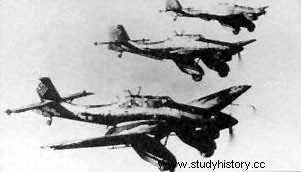
Aviation would play a new and crucial role in military strategies from then on. In this sense, the aid provided by Germany and Italy to the rebels –fighters, transports and bombers– provided them with an undoubted air superiority that, without a doubt, facilitated their ground advance on all fronts.
Although the military uprising against the republican government did not succeed in Cartagena, the situation was confused for quite some time at the Arsenal, as well as at the nearby Santiago de la Ribera air base. Once the attempts of the uprising had been overcome and its adherence to the Republic confirmed, Cartagena became a powerful center of interest for the bombings of the national side. It was the only large naval base in the Republic, home to its main fleet, with arsenals and factories in full activity and a port of call for the arrival of foreign military aid. Therefore, it was a clear target throughout the war.

The city was well defended, not only by the naval fleet – one battleship, three cruisers, several destroyers, torpedo boats and some submarines – but also by the efficient network of shore batteries and anti-aircraft batteries. This allowed numerous ships to arrive, especially Soviet, loaded with military aid during the first months of the conflict. To stop this flow, the national side began to bombard the city from the air.
Cartagena was one of the cities that suffered the most bombing during the civil war. The four that we have analyzed here were the first in a long succession of air attacks – an estimated 117 – with which the Francoist forces tried to nullify the military potential of the city and its region. In the same way, the bombings caused 233 victims, hundreds of wounded and the destruction of a third of the urban area. Of these bombings, the most significant were the first.
The first bombardment occurred on October 18, 1936. Those in charge of carrying them out were two German Ju-52 bombers, with crews of the same nationality and who came from the Armilla base (Granada). These devices were designed as transports and it was in the civil war that their qualities as a bomber were tested. They were the first units of what would later become the Condor Legion. The anti-aircraft defense responded and they were only able to make one pass at dawn in which they dropped 10 250 kg bombs. Although their targets were the ships anchored in the port, the bombs fell through the center of the city, causing 22 deaths and numerous wounded soldiers and civilians. In addition to the material damage and human losses, the bombardment broke the sense of security that had existed in the city until then; neither the fact of being far from the front lines nor of having good defenses had been able to prevent the attack:Cartagena was vulnerable. For this reason, it was believed necessary to build anti-aircraft shelters in various parts of the city.
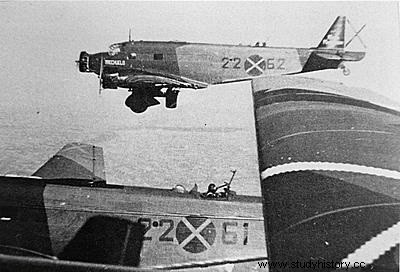
The second bombardment occurred two days later:on October 20 . This time there were three Ju-52 manned by Spanish aviators. They came from Armilla and arrived at Cartagena at night. They made only one pass, but managed to drop their entire load of bombs – 18 in total, of which only one did not hit. Apparently the bombardment did not cause great destruction or noteworthy casualties.
Neither of the two bombardments had succeeded in stopping maritime traffic or the arrival of Soviet military aid. Likewise, at the nearby Los Alcázares air base, the Russian military planes that arrived disassembled in Cartagena continued to be assembled. To destroy this chain, a third bombardment was designed, which took place on October 27, 1936 . It was a combined mission of the Italian Aviazione MIlitare, which had transferred three Savoia S-81 bombers to the Armilla base. Five Ju-52s would be added to them, eight devices in total to attack Cartagena and Los Alcázares. In both cases they did not seriously affect any infrastructure, but in Cartagena they caused various civilian and military casualties.
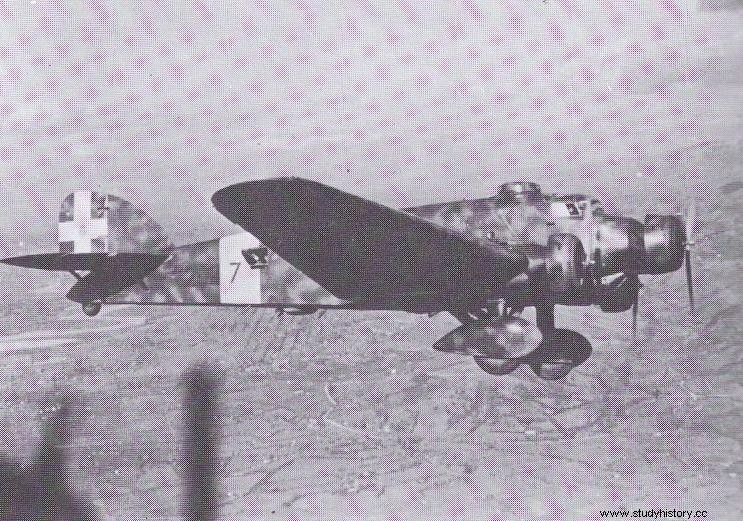
At the beginning of November, the city suffered two small attacks –on the 2nd and 4th– in which one or two planes participated, with hardly any damage. On the 23rd Cartagena was flown over by a reconnaissance aircraft, probably a German He-70, which photographed the main objectives –port, Arsenal, anti-aircraft batteries,…–, it was the first mission in Spain of the recently formed Condor Legion.
The flight was the prelude to the most intense bombardment produced until then, which occurred on November 25, 1936. On this occasion, the Ju-52 bombers were previously transferred from Seville to Melilla to achieve a better approach to the city. Thus, the devices would take off from the North African city. Twenty bombers were used, which would attack in several waves in a row with the aim of prolonging the bombing time as much as possible. It was the first daytime air raid on the city; It started at 5:25 p.m. and ended at 9:30 p.m. For this reason it was known as the four-hour bombardment.
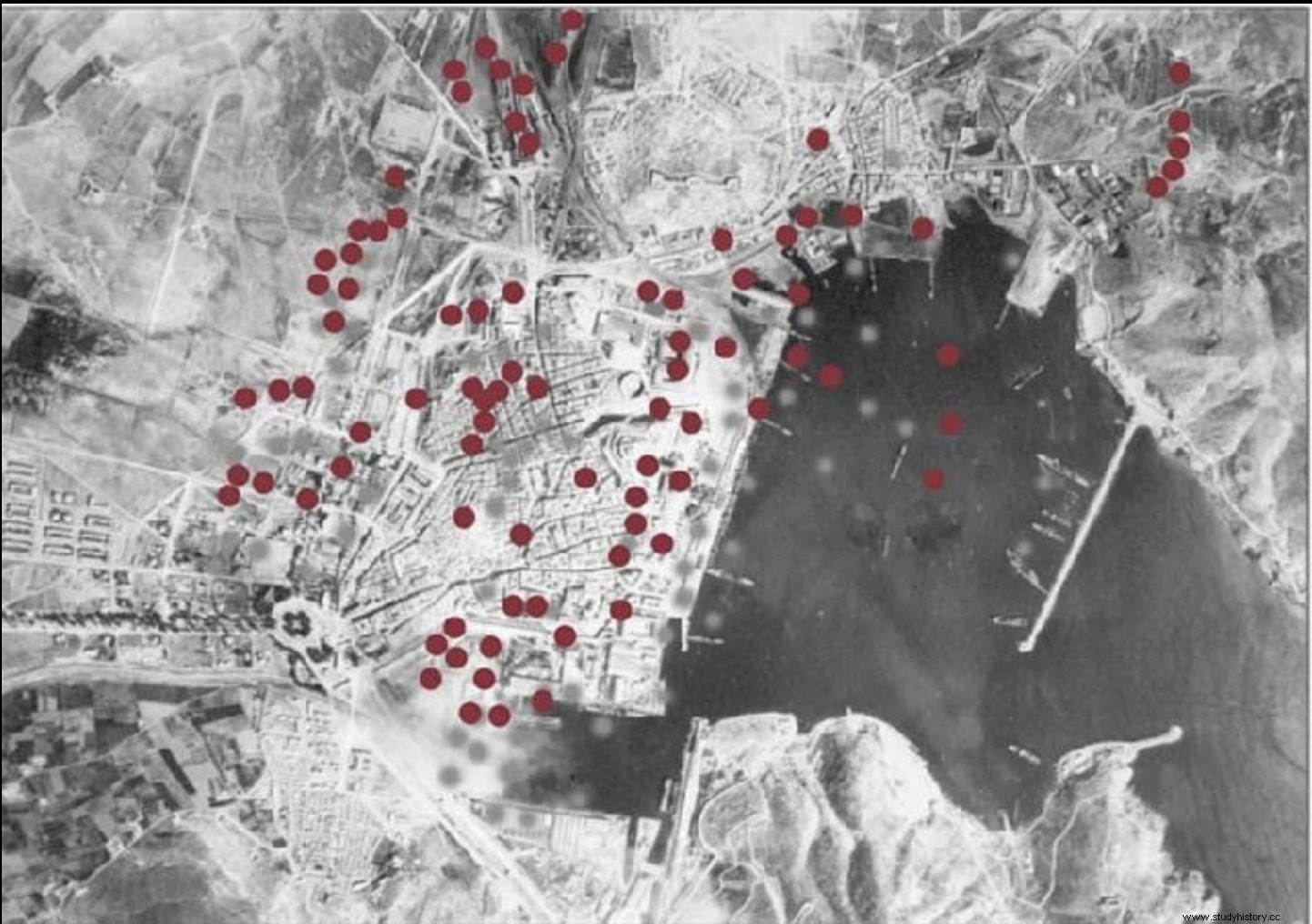
The attack caused 58 victims as the impacts of the explosive and incendiary bombs affected the entire city, although in a scattered manner. Curiously, they did not affect any important ship since the bulk of the fleet had left port shortly before the start of the bombardment. More significant were the moral damages; The population of Cartagena was locked up in their houses or shelters for four hours, continually hearing explosions, as well as the sound of anti-aircraft artillery, both from land and from nearby ships. The feeling of vulnerability spread throughout the urban area and many families left the city seeking the safety of the countryside.
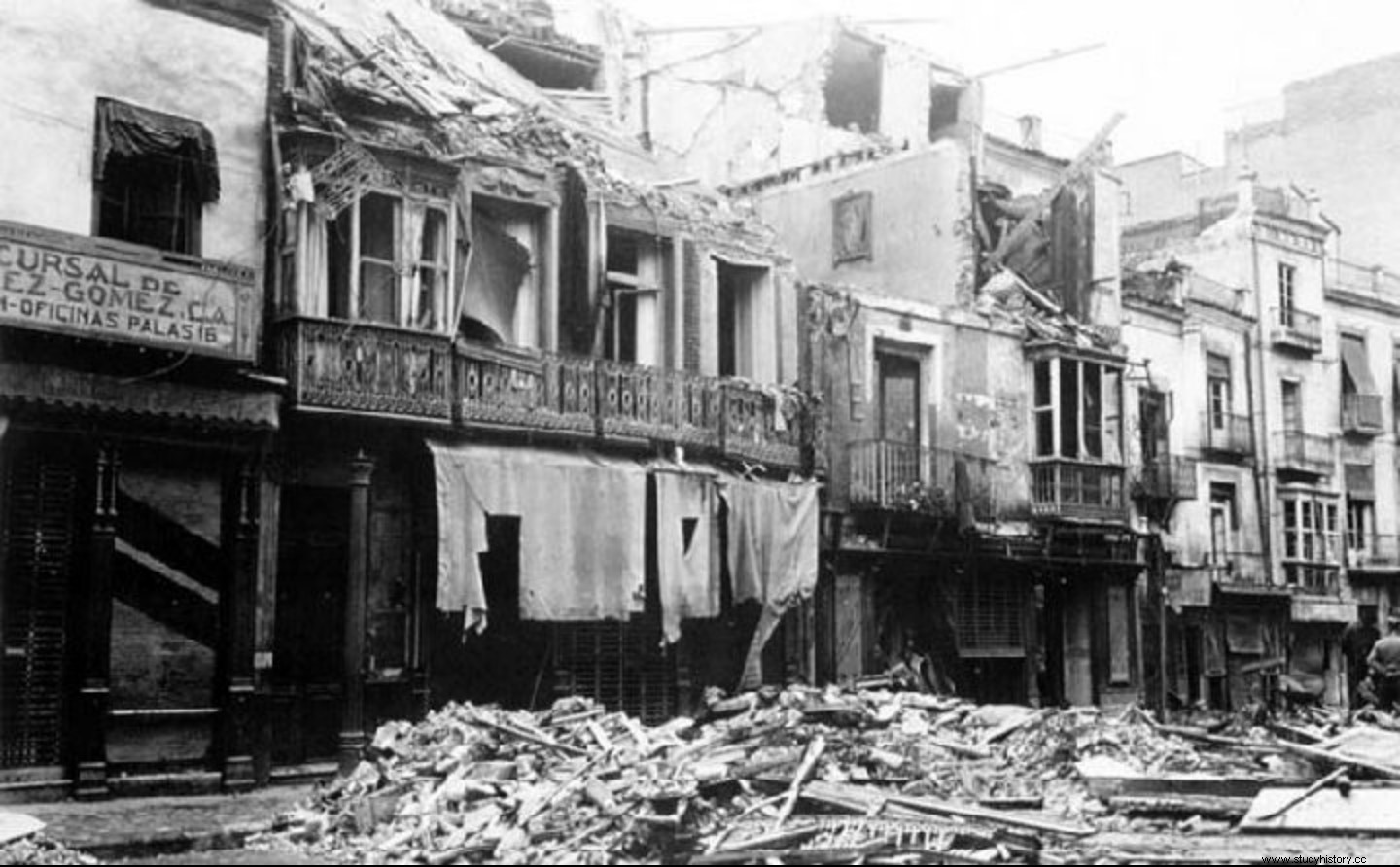
In total, the bombings of October and November had caused almost 100 deaths and several hundred wounded between civilians and soldiers, as well as the destruction or rendering useless to live in dozens of houses. These facts demonstrated, and this was reported by the government of the Republic, the failure to comply with the rulings of the Non-Intervention Committee already in the first months of the conflict. To the aforementioned attacks, where the participation of German and Italian aviation was evident, we must add the attack by Italian submarines on the Republican squadron that had its base in the port of Cartagena on November 22, 1936.
The bombings of Cartagena have the peculiarity that they were carried out almost entirely by German planes, most of the time also with crews from the same country, while the Italian participation was, in this case, very secondary –some aircraft in the third bombing and escort fighters on occasion.
Cartagena occupied a primordial place in the defense of the Republic. Its important military installations, both naval and land, as well as the proximity of the Los Alcázares and San Javier airfields created a military network of prime importance for the support of the republican war. In addition, its defense system –3rd Coastal Artillery Regiment and numerous anti-aircraft batteries– made it the best protected set of Republican military bases. To this we had to add the industrial facilities, as well as the place of reception and assembly of Soviet military aid – artillery, planes, tanks, …–. But this cost him a high price in human lives and destruction.
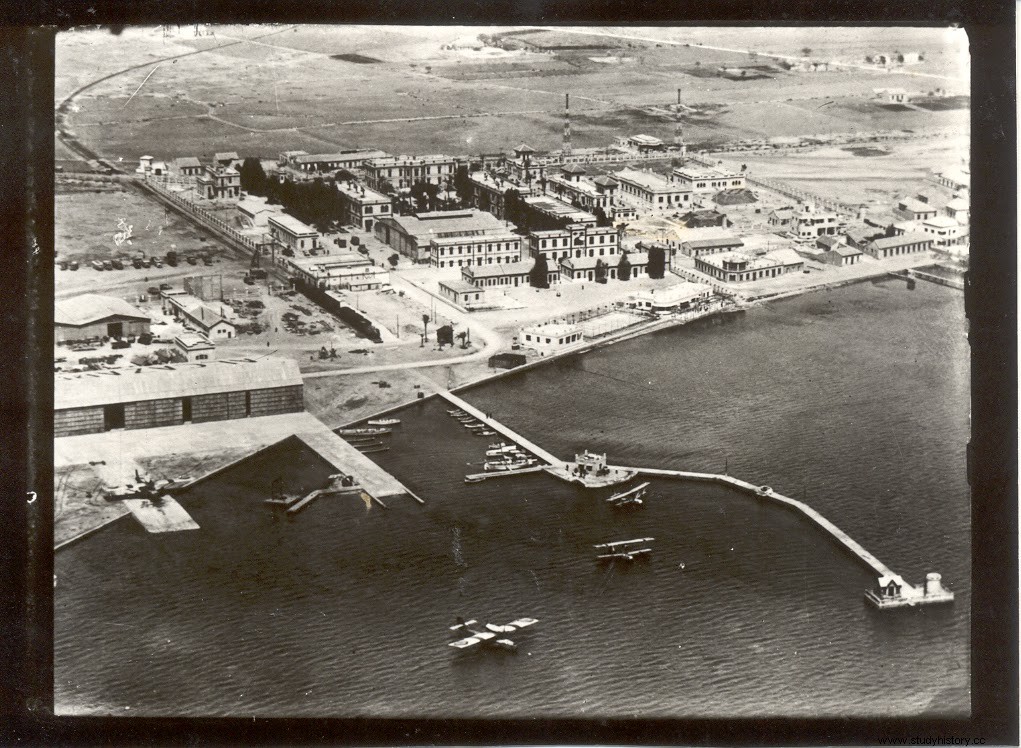
Bibliography.
Anonymous (2018). The peninsular southeast in the Civil War. Last refuge of the Second Spanish Republic. Tudmir. In http://tudmur.es/el-bastion-de-levante-ultimo-reducto-de-la-ii-republica-espanola
Navy, J. (2017). Aviation:a new threat in the Spanish civil war. History and Life, 544.
Aznar, M. (1940). Military history of the Spanish War. Madrid:Idea Editions.
Egea Bruno, P.M. (2011). Culture of resistance and civil war in the main naval base of the Republic:Cartagena, 1936-1939. Diacronie:Studi di Storia Contemporanea, No. 7. At http://www.studistorici.com/2011/07/29/egea_numero_7/
Egea Bruno, P.M. (2016). The end of the civil war:Cartagena, March 1939. Hispania Nova , 14 .
Howson, G. (2000). Arms for Spain:the untold story of the Spanish Civil War . Barcelona:Peninsula.
Moradiellos, E. (2016). Minimal history of the Spanish civil war . Madrid:Turner.
Puchol, M. and Garcia, F.J. (2003). The four-hour bombardment. Historic Cartagena, 3. At http://www.regmurcia.com/servlet/s.Sl?sit=c,373,m,2879&r=ReP-22907-DETALLE_REPORTAJESPADRE
